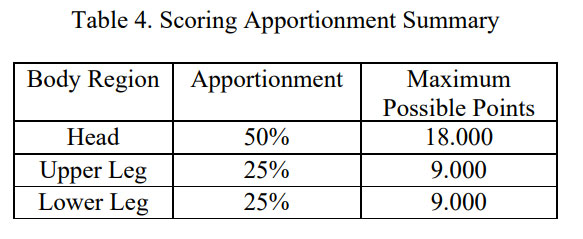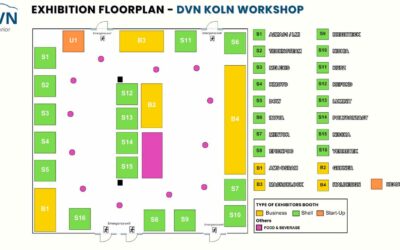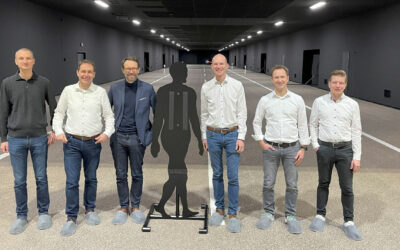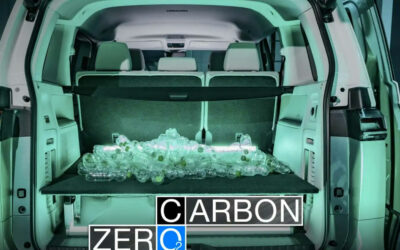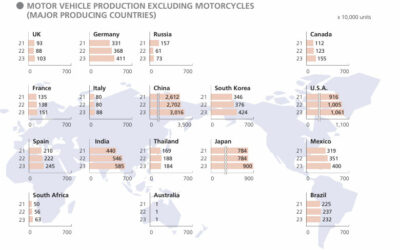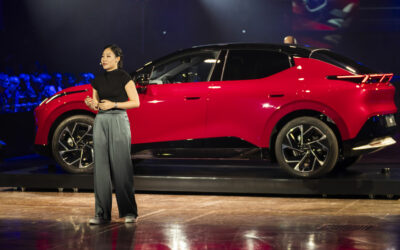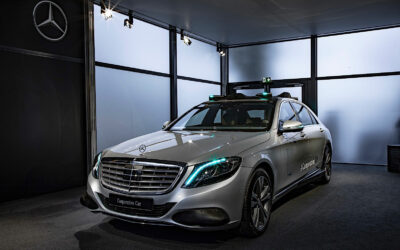Euro NCAP have revealed the safest models they tested in 2024. Best-in-class winners included the Škoda Superb and Volkswagen Passat (twins winning jointly), the Mazda CX-80, and the Zeekr X. The overall best score was garnered by the Mercedes-Benz E-Class, which achieved the best weighted average of the four safety categories in the protocol: adult occupant protection, child occupant protection, vulnerable road user protection, and safety assist technologies.
Euro NCAP Secretary General Dr. Michiel van Ratigen says, « The automotive industry had a challenging year in 2024 marked by weak consumer confidence and difficult economic conditions. Given these difficulties, Euro NCAP finds it especially encouraging that car makers continue to place significant emphasis on safety innovation and equipping cars with the newest safety systems. This firmly places consumer safety at the forefront of automobile design, as it ought to be ».
20 of the 44 tested cars were small SUVs. The Chinese Zeekr X outperformed competitors including Deepal’s S07, the Porsche Macan, the Cupra Tavascan, the MG HS, the Toyota C-HR, the Volvo EX30, and the Xpeng G6. The Zeekr X also won the best-in-class award for the safest EV of 2024.
In the large SUV class, Euro NCAP tested six seven-seater vehicles. The Mazda CX-80 won best-in-class for 2024, edging out the Audi Q6 e-tron.
The winning large family car was the Volkswagen Passat and Škoda Superb—twin vehicles built on the same platform, which delivered the same class-leading safety performance.
There were no contenders in 2024 for the small family car class, as the top-scoring vehicles were ineligible because they had a ‘red’ body part score in their safety testing.
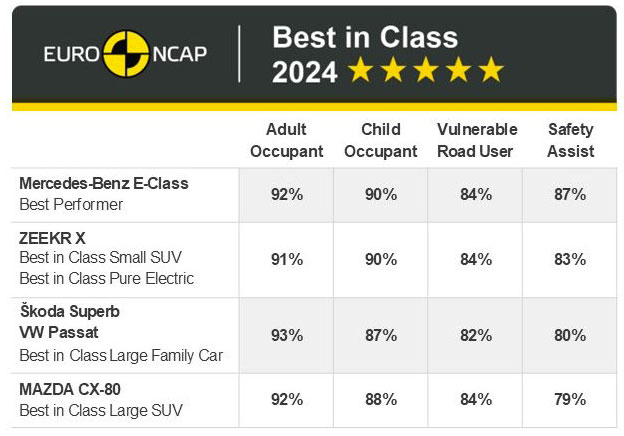
To define the best in class, a calculation is made of the weighted sum of the scores in the four areas of active and passive safety assessment. This is used as the basis for comparison of the vehicles. Cars qualify for best-in-class based on their rating with safety equipment and functions fitted as standard.
Analysis by DVN’s Paul-Henri Matha
I took time to check the lighting performance of the winning cars, to see if they are also best-in-class.

You get the 5-star rating if the boxes 1 and 2 are above 80 per cent and the boxes 3 and 4 are above 70%. Impact mitigation is mainly focused on ADAS. Headlight performance—low and high beam—can help to detect pedestrians and bicyclists by night.
Impact protection is focused on energy absorption when a car contacts a VRU in four areas:
- Headform test zone (18 points; cyclist, adult, and child/small adult). Especially hood, A-pillar, and windshield
- Pelvis and femur (4.5 points each). Especially headlamp area (tests at same height)
- Knee/tibia (9 points). Especially the bumper area
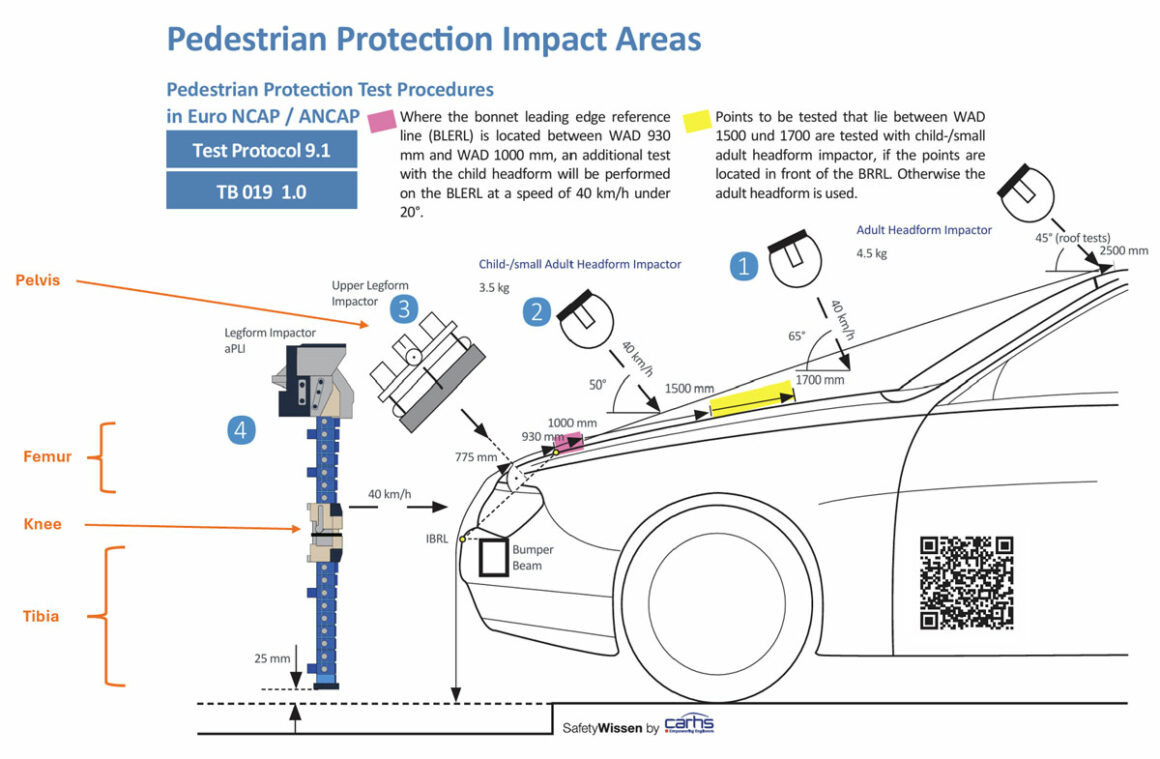
To reach the 5-star rating, the main effort for a lighting team is pedestrian impact performance.
Head impact performance is limited to the area between WAD (wraparound distance): 1, 000 mm and 2,500 mm.

The child/small adult zone is defined as all grid points on WAD 1,000 to 1,500 mm. The adult zone is defined as all grid points rearward of WAD 1,700 mm, up to and including 2,100 mm. The cyclist zone is defined as all grid points rearward of WAD 2,100 mm, up to and including 2,500 mm.
This adult zone is usually not a concern for lighting but may be, depending on exterior designer willingness to put a lamp there, as on the Avatr models or the Li Mega.
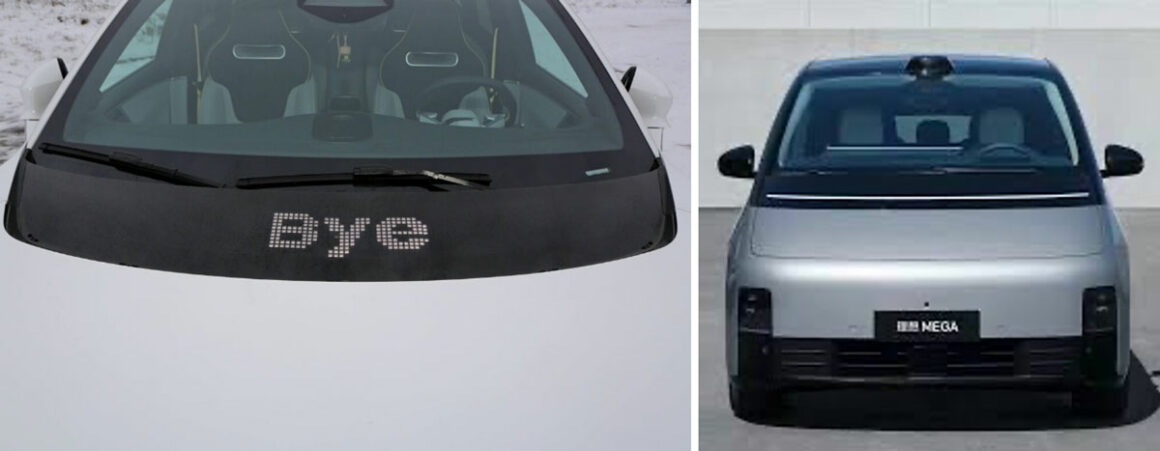
Usually, headlamps are mounted at between 500 and 1,000 mm above the road surface (minimum and maximum legal heights in UN R48). SUV headlamp height is usually above 850 mm; sedans are usually around 650 mm. These heights put the headlamps in the impact zone, so they must safely interface with a pedestrian’s head.
The pelvis (upper leg) test is done at WAD 775 mm, a common height for headlamps. To fulfil the test, common practice is to use breakable headlamp bracketry and to keep free space between headlamp and platform components behind it.
The taller the car is, the more severe the energy impact is (see formula below). This adds challenge to the task of headlamp energy absorption management.
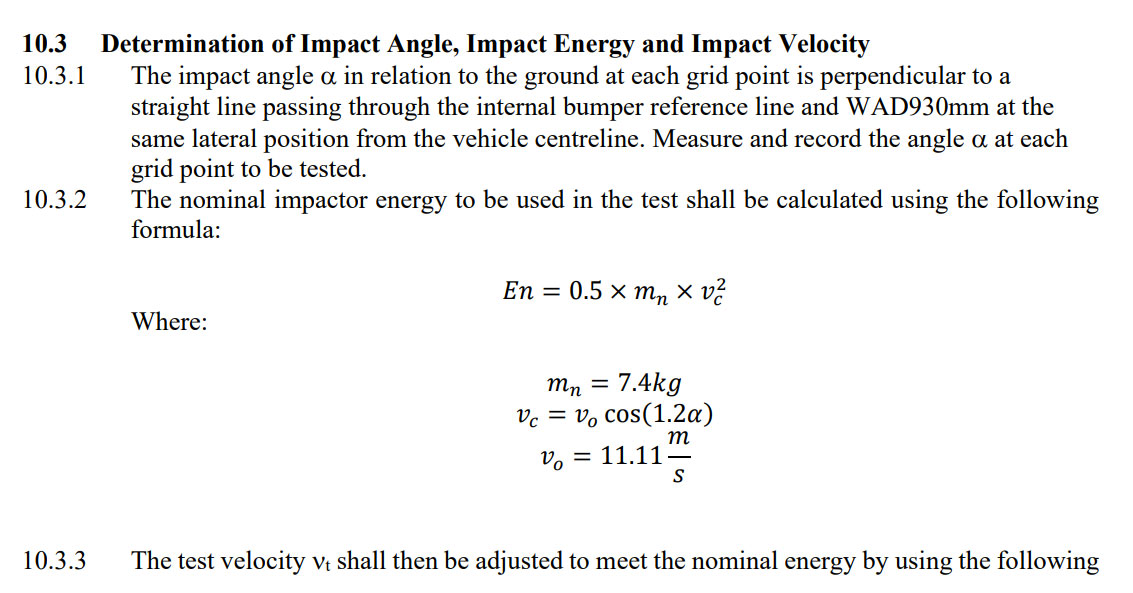
Femur, knee, and tibia tests are done in the lower area on the bumper. More and more vehicles have lamps in this area.

Now, in that context, let’s look at the NCAP best-in-class results:
Mercedes E Class

For VRU impact protection it got 28.1 points out of a possible 36. It lost points in the upper leg test, achieving 0.7 points out of a possible 4.5. This is understandable because the headlamp is in this area.
Škoda Superb

For VRU impact protection it got 27.9 out of 36 points. It got a perfect 4.5 in the pelvis test, but not as well as the Mercedes in head impact, especially in the hood area. The Passat, on same platform, has exactly the same results. This can be explained because Mercedes E Class has an active hood) that improve pedestrian performance.
VW Passat

Mazda CX-80

About Mazda, For VRU impact protection it got 31.6 out of 36 points. It got full points for the pelvis, femur, knee, and tibia tests. The headlamps are mounted higher, certainly around 900 mm, above the pelvis test area but right in the child head impact zone, which explains the red line on the hood around WAD 1,000 mm.
Zeekr X

For VRU impact protection it got 28.2 out of 36 points. It didn’t do so well in the pelvis area especially (bumper headlamp location) and in child head impact around WAD 1,000 mm (DRL area).
So, nobody got maximum points for all impact criteria. Energy absorption is not simple; it requires a lot of R&D loops to find a good compromise between design, energy absorption, and robustness.
The Mercedes E-class has the best head impact results (certainly helped by active hood), the Zeekr X has the best knee and tibia scores, and the VW-Škoda twins and Mazda the top score in pelvis and femur.
Overview:
Pedestrian safety has mainly been a topic in Europe and some parts of Asia but in the near future, it will also come to the US market, as NHTSA have recently finalized their NCAP testing protocol that is planned to start in model year 2026. There is also a protocol for pedestrian protection, the first such effort in the U.S. market. Since that market is dominated by very large vehicles, it will be a big challenge for the domestic brands and models. Lamp design will surely be influenced a lot by this, one would assume.
Test methods are taken from Euro NCAP, except for the lower leg impact where the U.S. test will use the old Flex PLI legform instead of the newer aPLI. Scoring is also a bit different than Euro NCAP.
